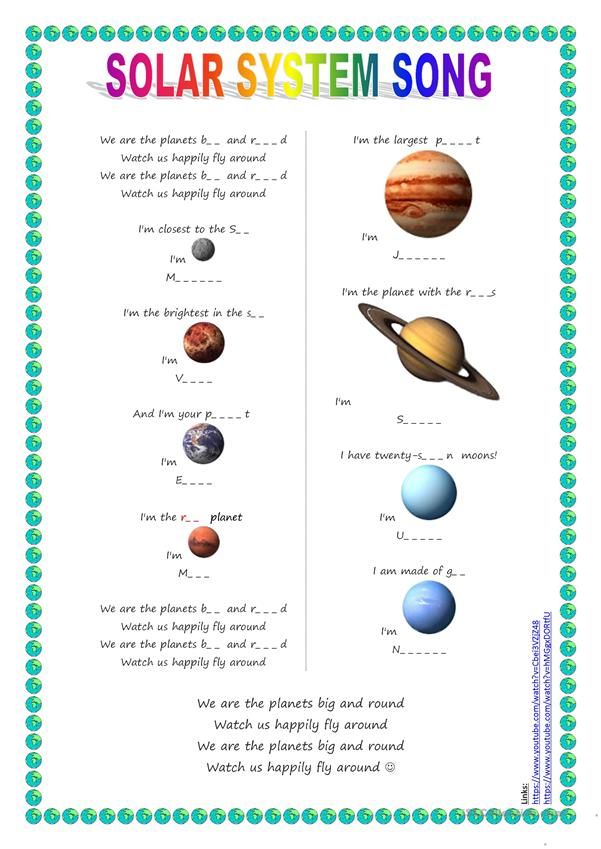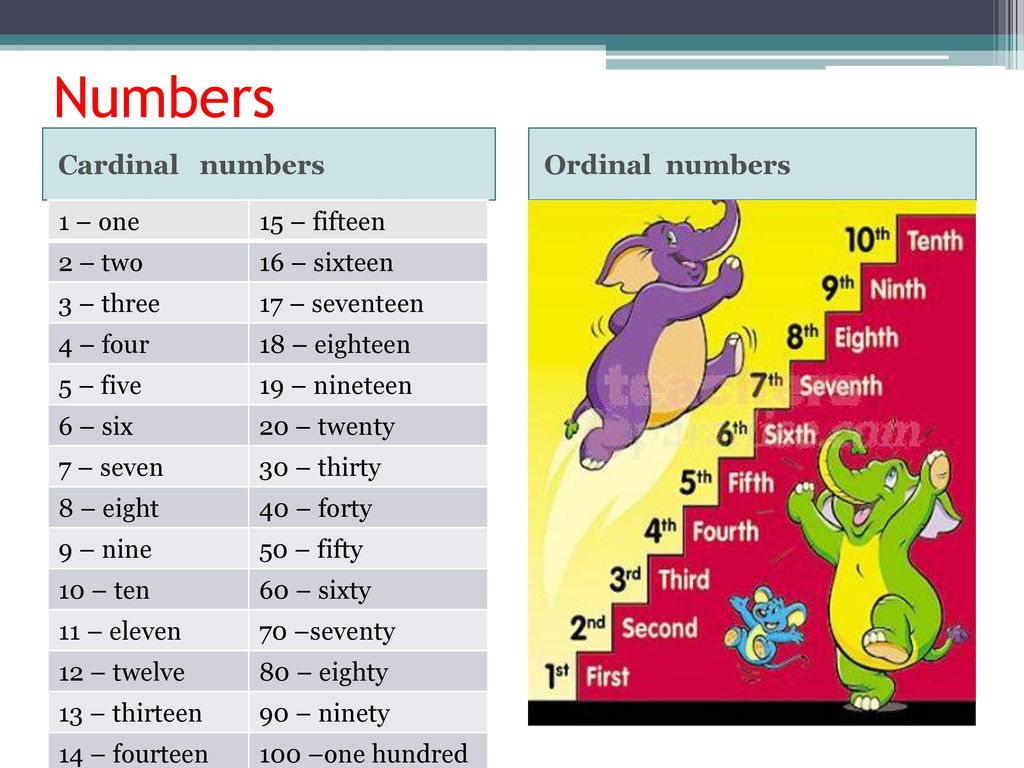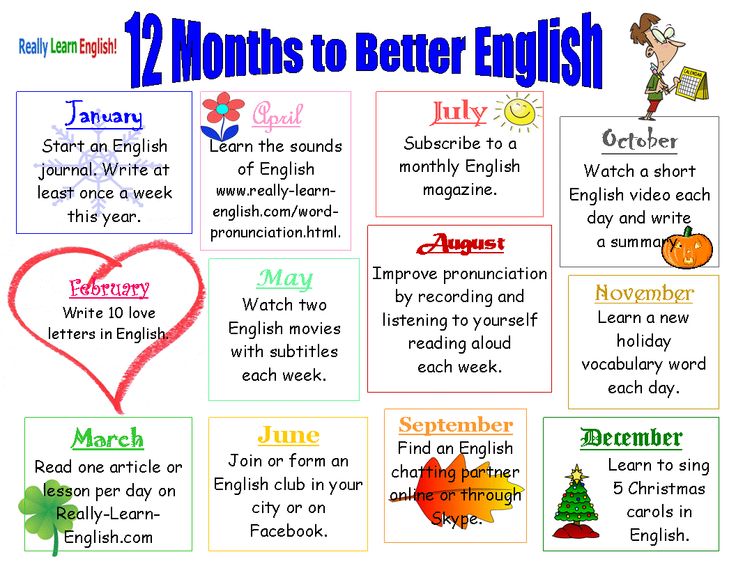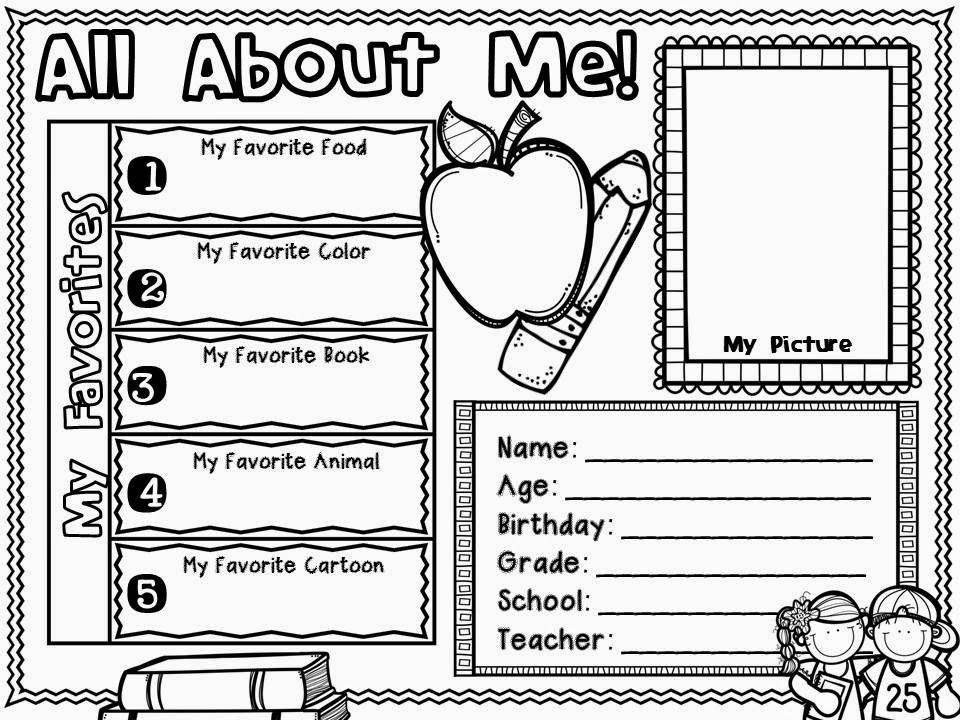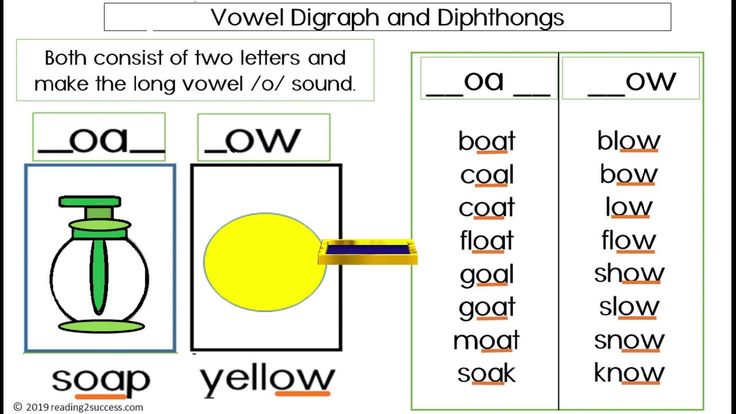Letter sound matching
Beginning Sounds Letter Match-Up Mats Printable
Are you needing a simple-to-use, hands-on alphabet activity for your students to work on beginning sounds? These beginning sounds letter match-up mats are for you!
Beginning Sounds Letter Matching Mats
These beginning sounds letter match-up mats are perfect for your students as they learn letter sounds and beginning sounds. This activity would be a great addition to literacy centers, guided reading groups, or individual practice.
This beginning sounds activity can be used with preschool and kindergarten students and can even be adapted to meet the needs of some first graders.
Print and Go!
These beginning sounds letter mats are incredibly easy to prep! Just print, laminate, and go! Instead of laminating, you can also slide the mats into a write and wipe pocket for durability.
There are 3 different beginning sound mats with 9 pictures each, so every letter in the alphabet is represented.
These mats come in color AND black and white, so you can use them even if you don’t have access to color printing. Want to add a fun spin to this activity? You can print black and white mats and let your students color them.
You may print the letter cards found in the activity or use your own letter manipulative, such as letter tiles, magnetic letters, letter beads, etc.
For easy storage, put the letter cards in a small baggie and store the entire activity in a large baggie, file folder, or storage tray.
Differentiate With Letter Match-Up Mats
There are several ways to differentiate with these beginning sounds alphabet mats. Since there are 3 different mats, you can assign your students 1 mat, 2 mats, or all 3 mats. They can start with 1 and work their way up to completing all 3.
If they are struggling with a particular beginning sound, assign the letter match-up mat that includes that letter sound.
Since the directions do not change depending on the mat used, your students will be successful completing this activity independently.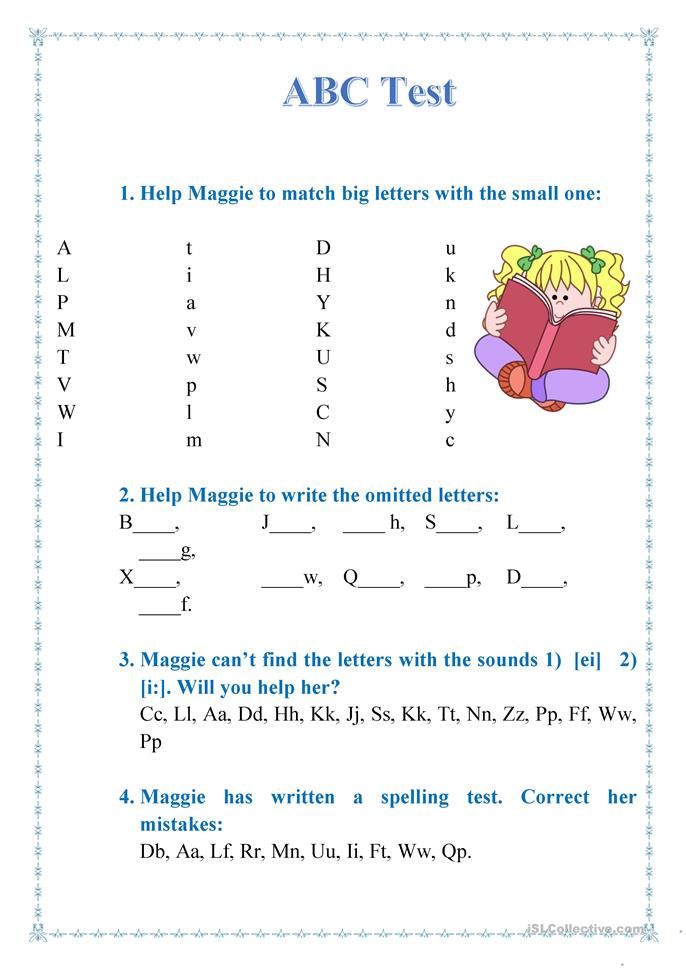 These mats can be used in a variety of instructional settings, including:
These mats can be used in a variety of instructional settings, including:
- Morning work
- Independent practice
- Bell ringer
- Exit ticket
- Early finisher activity
- Small group
- Partner work
- Literacy center
- Guided reading station
- Assessment
Setting Up the Beginning Sounds Mats
Supplies needed:
As an Amazon Associate I earn from qualifying purchases.
- Beginning sound picture card mats
- Letter tiles OR other letter manipulative
- Write and wipe pocket (optional)
- Print the beginning sound picture card mats.
- Laminate or slide into write and wipe pockets.
- Print, laminate, and cut out the letter cards if using.
- Store the letter cards in a baggie if using.
Using the Beginning Sounds Alphabet Mats
To use the beginning sounds letter match-up mats, students will look at each picture on the mat and determine what letter sound is at the beginning of the word.
They will identify the letter that makes that sound and cover the picture with the corresponding letter tile, magnet, bead, etc.
To take it a step further, you can have your students tell you the word, the beginning sound, and which letter matches out loud. This will give them a little more practice.
If the students are using all 3 mats, they can switch it up by drawing a letter, making the beginning sound, and finding the picture that begins with that sound.
This beginning sounds activity is an effective, yet simple to understand activity that will give your students meaningful practice with this literacy skill. Incorporate it into your day in many ways and watch your students’ skills grow!
Click the button below to get the Beginning Sounds Alphabet Mats and start using them with your students!
Here are some more alphabet activities for you!
Paperless Alphabet Matching Mats
Paperless Alphabet Clip Cards
Pencil Alphabet Puzzles
Totally Awesome Alphabet Activities
Beginning Sounds Clip Cards
Alphabet Printables for Preschool and Kindergarten
Alphabet Play Dough Mats
FREE Printable Letter Sounds Board Games
Alphabet | Alphabet Games | Beginning Sounds | Printables
ByBeth Gorden
This Letter Sounds Games is a great way to work on initial sounds while playing a fun phonics game.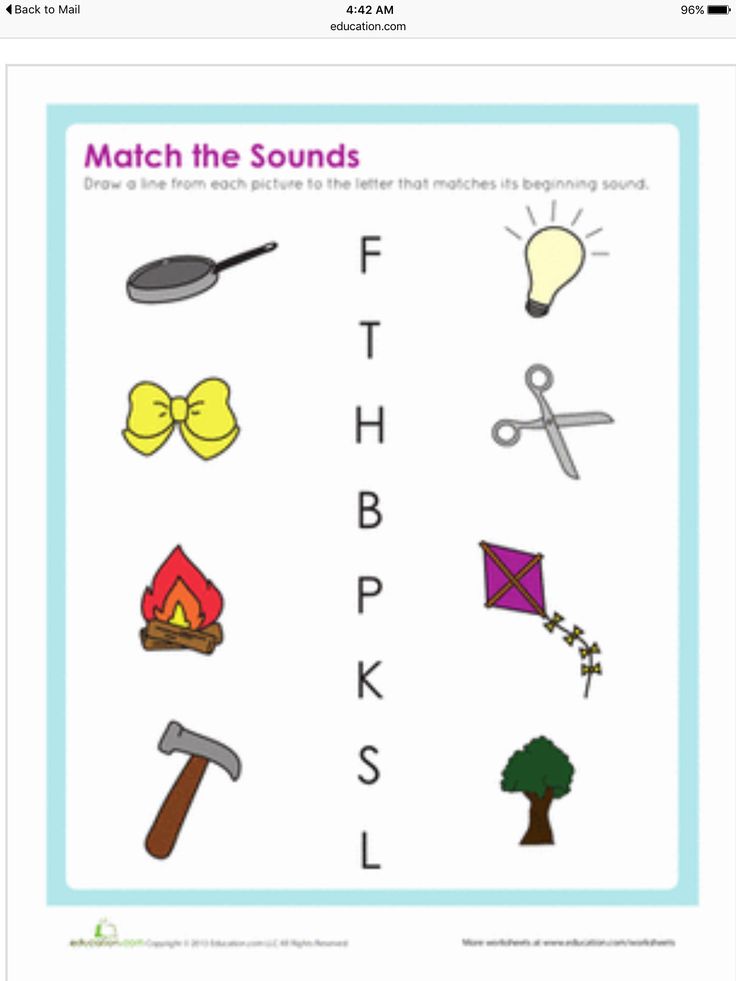 Use this free printable beginning sounds game as part of a literacy or alphabet study or for extra work for toddler, preschool, pre-k, and kindergarten age kids. Simply print letter sounds printable and you are ready to play and learn with this hands-on phonics activity for children.
Use this free printable beginning sounds game as part of a literacy or alphabet study or for extra work for toddler, preschool, pre-k, and kindergarten age kids. Simply print letter sounds printable and you are ready to play and learn with this hands-on phonics activity for children.
Letter Sounds Games
Whether you are a parent, teacher, or homeschooler – you will love this low-prep beginning sounds activity for helping preschoolers and kindergartners learn letter sounds. One of the easiest ways to help kids learn and remember is to have them learn while having fun. Children will be learning the letter sounds and letter recognition for the lowercase, uppercase or both. Using initial sounds interactive games not only makes it more fun, but helps kids remember what they’ve learned better!
Beginning sounds game
Start by scrolling to the bottom of the post, under the terms of use, and click on the text link that says >> ________<<. The beginning sounds worksheets pdf file will open in a new window for you to save freebie. This activity would be best if printed on cardstock.
The beginning sounds worksheets pdf file will open in a new window for you to save freebie. This activity would be best if printed on cardstock.
- Print out the game board and laminate for durability.
- Print out the five pages of cards and instructions, cut out and laminate for durability. You could print out multiple copies of the cards if you wish.
Letter sound games
- Place the uppercase or lowercase letters or both, in a pile. Shuffle them and then place face down in a pile next to the board.
- Both players will then place their game piece on the start square.
- Player one will throw the die and move forward the correct number of squares.
- They will then pick up a card and identify the letter and /or say the sound that the letter makes.
- Player two will then take their turn.
- The first player to get to the finish square wins.
Initial Sounds Games
This fun and free printable game comes color.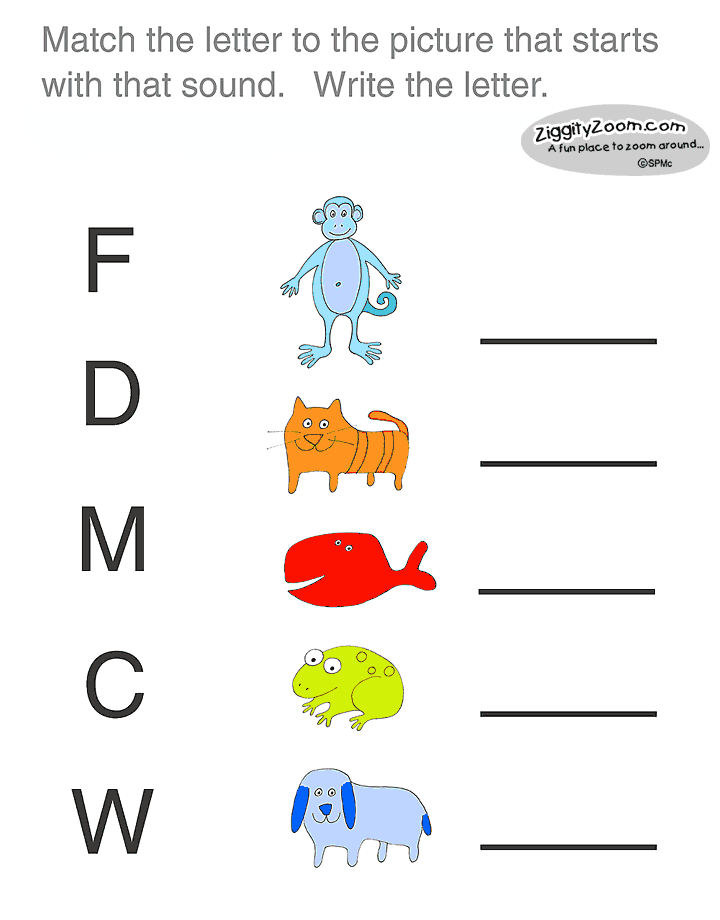
Beginning Sounds Activity
Looking for more fun and free begining sounds printables? You will love these engaging activities that help kids work on phonemic awareness
- Free Beginning Sounds Animal Clip It Cards
- free printable beginning sounds worksheets
- Stamping Beginning Sounds Activity
- Birds on a Branch Alphabet Matching Game
- Beginning Sounds Mitten Match
- CVC Words Beginning Sounds Clip Cards
- Christmas Tree Beginning Sounds Game
- Super cute, Free Phonics Beginning Sounds Worksheets using Do a Dot Markers
- Build a Flower Beginning Sounds Activity
- Adorable Penguin Beginning Sounds Match
- Phonics Buses Beginning Sounds Match
- Clever Letter Sound Matching Game
- Fun Fish Phonics Activities Kindergarten
- Hands-on Beginning Sound Clip Cards
- Pumpkin Phonics Games for Kindergarten
- Alphabet Game Boards, Alphabet Game Cards, Monster Truck Board Game
- Ice Cream Beginning Sounds Activity
- Cute Easter Phonics Puzzles
- Printable Kite Phonics Craft
- Spring Alphabet Match, Shark Alphabet Match, Bubble Alphabet Match
- Free Beginning Sounds Worksheets (write missing letter and cut and paste)
- Clip Cards for working on Initial Sounds Activities
- Free Beginning Sounds Game with magnetic letters
- Free Beginning Sounds Worksheets For Kindergarten and First Grade
Letter sounds printable
By using resources from my site you agree to the following:- This is for personal and personal classroom use (to share this resource, please direct others to this post to grab their own free copy)
- This may NOT be sold, hosted, reproduced, or stored on any other site (including blog, Facebook, Dropbox, etc.
 )
) - All materials provided are copyright protected. Please see Terms of Use.
- Graphics Purchased and used with permission
- I offer free printables to bless my readers AND to provide for my family. Your frequent visits to my blog & support purchasing through affiliates links and ads keep the lights on so to speak. Thanks you!
>> Beginning Sounds Activity <<
Beth Gorden
Beth Gorden is the creative multi-tasking creator of Preschool Play and Learn. As a busy homeschooling mother of six, she strives to create hands-on learning activities and worksheets that kids will love to make learning FUN! Beth is also the creator of 123Homeschool4Me.com and kindergartenworksheetsandgames.com where she shares more than 100,000 pages of FREE worksheets,& educational ideas for PreK-8th grade.
Similar Posts
Sounds and letters of the Russian language - scheme, table, transcription
Contents:
• What is sound?
• What sounds are there?
• How are sounds pronounced?
• Transcription of the word
• Color scheme
Sounds belong to the phonetics section.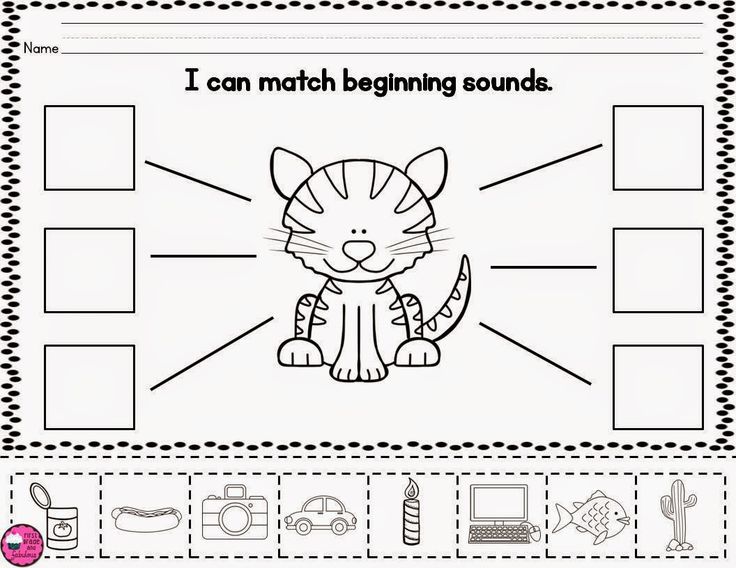 The study of sounds is included in any school curriculum in the Russian language. Acquaintance with sounds and their main characteristics occurs in the lower grades. A more detailed study of sounds with complex examples and nuances takes place in middle and high school. This page provides only basic knowledge of the sounds of the Russian language in a compressed form. If you need to study the device of the speech apparatus, the tonality of sounds, articulation, acoustic components and other aspects that are beyond the scope of the modern school curriculum, refer to specialized textbooks and textbooks on phonetics.
The study of sounds is included in any school curriculum in the Russian language. Acquaintance with sounds and their main characteristics occurs in the lower grades. A more detailed study of sounds with complex examples and nuances takes place in middle and high school. This page provides only basic knowledge of the sounds of the Russian language in a compressed form. If you need to study the device of the speech apparatus, the tonality of sounds, articulation, acoustic components and other aspects that are beyond the scope of the modern school curriculum, refer to specialized textbooks and textbooks on phonetics.
What is sound?
Sound, like words and sentences, is the basic unit of language. However, the sound does not express any meaning, but reflects the sound of the word. Thanks to this, we distinguish words from each other. Words differ in the number of sounds (port - sport, crow - funnel), set of sounds (lemon - estuary, cat - mouse), sequence of sounds (nose - dream, bush - knock) up to a complete mismatch of sounds (boat - boat, forest - park ).
What sounds are there?
In Russian, sounds are divided into vowels and consonants. There are 33 letters and 42 sounds in Russian: 6 vowels, 36 consonants, 2 letters (ь, ъ) do not indicate a sound. The discrepancy in the number of letters and sounds (not counting b and b) is due to the fact that there are 6 sounds for 10 vowels, 36 sounds for 21 consonants (if we take into account all combinations of consonant sounds deaf / voiced, soft / hard). On the letter, the sound is indicated in square brackets.
There are no sounds: [e], [e], [yu], [i], [b], [b], [g '], [w '], [c '], [th], [h ], [sch].
How are sounds pronounced?
We pronounce sounds while exhaling (only in the case of the interjection "a-a-a", expressing fear, the sound is pronounced while inhaling.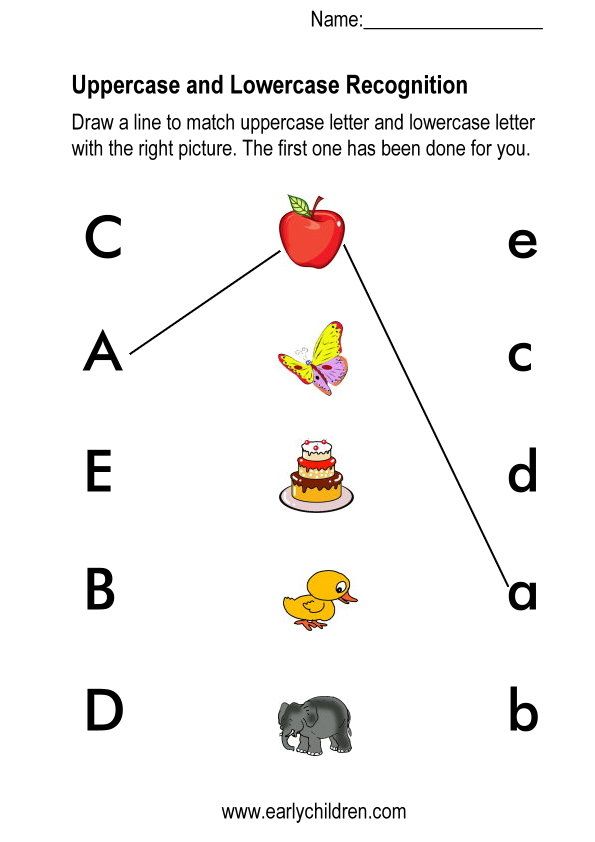 ). The division of sounds into vowels and consonants is related to how a person pronounces them. Vowel sounds are pronounced by the voice due to the exhaled air passing through the tense vocal cords and freely exiting through the mouth. Consonant sounds consist of noise or a combination of voice and noise due to the fact that the exhaled air meets an obstacle in its path in the form of a bow or teeth. Vowel sounds are pronounced loudly, consonant sounds are muffled. A person is able to sing vowel sounds with his voice (exhaled air), raising or lowering the timbre. Consonant sounds cannot be sung, they are pronounced equally muffled. Hard and soft signs do not represent sounds. They cannot be pronounced as an independent sound. When pronouncing a word, they affect the consonant in front of them, make it soft or hard.
). The division of sounds into vowels and consonants is related to how a person pronounces them. Vowel sounds are pronounced by the voice due to the exhaled air passing through the tense vocal cords and freely exiting through the mouth. Consonant sounds consist of noise or a combination of voice and noise due to the fact that the exhaled air meets an obstacle in its path in the form of a bow or teeth. Vowel sounds are pronounced loudly, consonant sounds are muffled. A person is able to sing vowel sounds with his voice (exhaled air), raising or lowering the timbre. Consonant sounds cannot be sung, they are pronounced equally muffled. Hard and soft signs do not represent sounds. They cannot be pronounced as an independent sound. When pronouncing a word, they affect the consonant in front of them, make it soft or hard.
Transcription of a word
Transcription of a word is a recording of sounds in a word, that is, in fact, a record of how the word is pronounced correctly. Sounds are enclosed in square brackets. Compare: a is a letter, [a] is a sound. The softness of consonants is indicated by an apostrophe: p - letter, [p] - hard sound, [p '] - soft sound. Voiced and voiceless consonants are not marked in writing. The transcription of the word is written in square brackets. Examples: door → [dv'er '], thorn → [kal'uch'ka]. Sometimes stress is indicated in transcription - an apostrophe before a vowel stressed sound.
Compare: a is a letter, [a] is a sound. The softness of consonants is indicated by an apostrophe: p - letter, [p] - hard sound, [p '] - soft sound. Voiced and voiceless consonants are not marked in writing. The transcription of the word is written in square brackets. Examples: door → [dv'er '], thorn → [kal'uch'ka]. Sometimes stress is indicated in transcription - an apostrophe before a vowel stressed sound.
There is no clear correspondence between letters and sounds. In the Russian language, there are many cases of substitution of vowel sounds depending on the place of stress of a word, substitution of consonants or dropping out of consonant sounds in certain combinations. When compiling a transcription of a word, the rules of phonetics are taken into account.
Color scheme
In phonetic parsing, words are sometimes drawn with color schemes: letters are painted with different colors depending on what sound they mean. Colors reflect the phonetic characteristics of sounds and help you visualize how a word is pronounced and what sounds it consists of.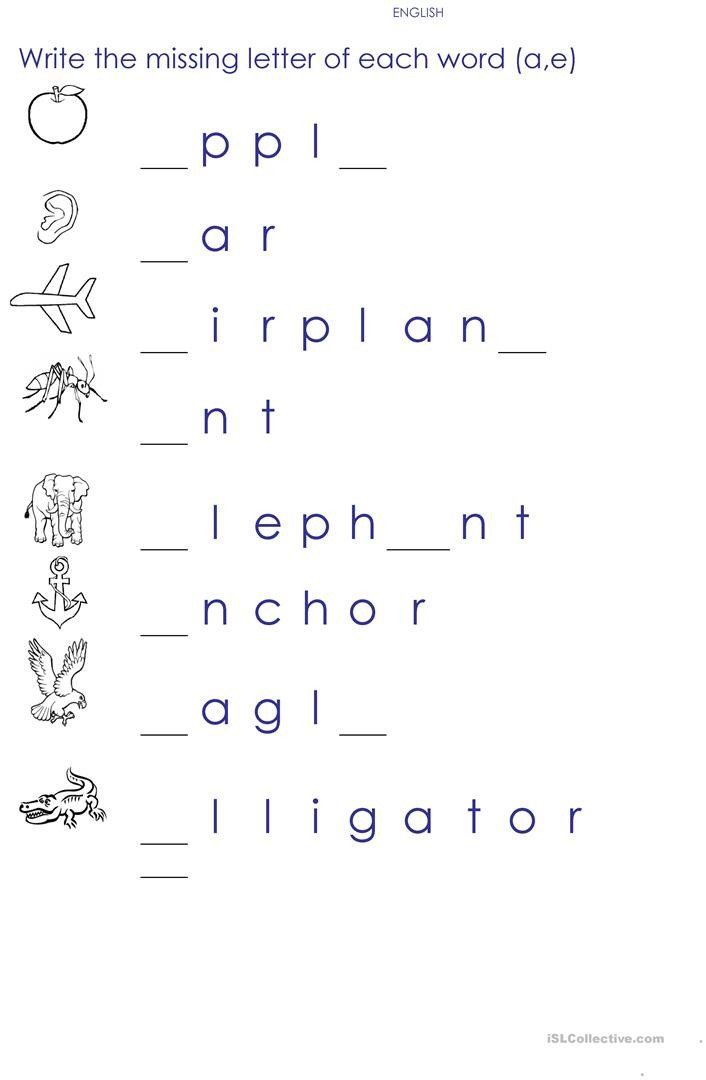
All vowels (stressed and unstressed) are marked with a red background. Iotated vowels are marked green-red: green means a soft consonant sound [y ‘], red means the vowel following it. Consonants with solid sounds are colored blue. Consonants with soft sounds are colored green. Soft and hard signs are painted in gray or not painted at all.
| Vowels0040 | |
| Consistent | Tsh zh zh zhb z k l m h r ch chhh |
| b, b. | b |
- vowel, - vowel iot - hard consonant, - soft consonant, - soft or hard consonant, - does not mean a sound.
The blue-green color is not used in the schemes for phonetic analysis, since a consonant cannot be both soft and hard at the same time. The blue-green color in the table above is only used to show that the sound can be either soft or hard.
Words with the letter ё must be written through ё. Phonetic parsing of the words "everything" and "everything" will be different!
Vowel sounds and letters.
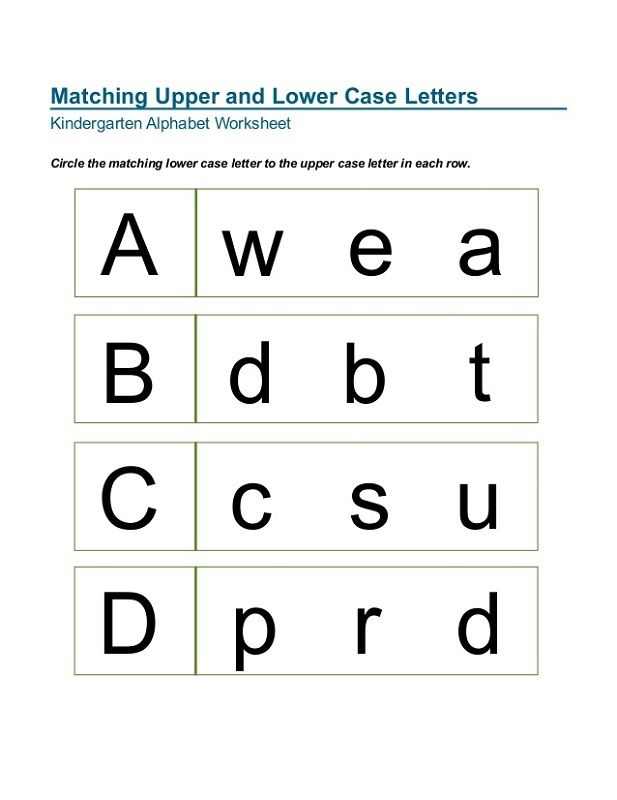 How many are there in Russian?
How many are there in Russian? We will teach you how to write without mistakes and tell stories in an interesting way
Start learning
The correct pronunciation of words is one of the components of a beautiful and literate speech. To achieve this, you will first have to study the sounds themselves. In this article, we will figure out together what vowel sounds are, how many vowels are in the alphabet of the Russian language, and what sounds they can represent.
What are vowels and sounds
Vowel sounds are those sounds that we freely convey with our voice. Hence their name comes from: voice means "voice". When pronouncing, air exits through the mouth and does not create noise, and the position of the tongue and lips determines which vowel sound we will pronounce.
There are much fewer vowels in Russian than consonants.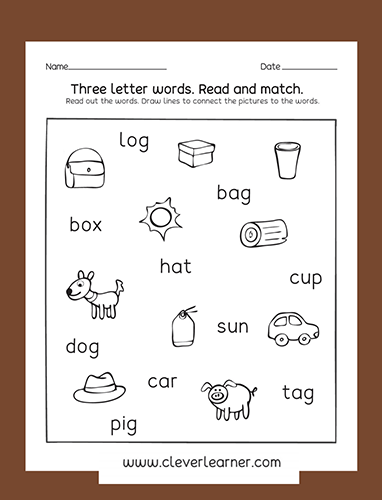 There are 6 of them in total: [a], [o], [i], [s], [y] and [e]. To understand whether a vowel sound is in front of you or not, try to sing it. For example:
There are 6 of them in total: [a], [o], [i], [s], [y] and [e]. To understand whether a vowel sound is in front of you or not, try to sing it. For example:
-
a-a-a ,
-
woo
-
s-s-s .
If it works, then the sound is a vowel. You can't do that with consonants.
There are more vowels than sounds - there are 10 of them: a, i, u, u, o, e, e, e, i, s . This difference is due to the fact that some of these letters can represent two sounds and are pronounced using a combination of a vowel and a consonant [y']. For example, in word spruce the letter e expresses two sounds - [y'] and [e]. Let's look at the table all the vowel sounds and the letters that represent them.
| Letter | Sound | Example |
|---|---|---|
| a | [a] | pharmacy |
| i | [a] [d'] + [a] | change anchor |
| at | [y] | moon |
| [y] [y'] + [y] | love skirt | |
| about | [o] [a] | horse milk |
| e | [e] [y'] + [e] [and] | victory raccoon great |
| e | [o] [d'] + [o] | rope hedgehog |
| e | [e] | evolution |
| and | [and] [s] | caviar life |
| s | [s] | choice |
Demo lesson in Russian
Take the test at the introductory lesson and find out what topics separate you from the "five" in Russian.
How vowel sounds are related to syllables
Vowel sounds form syllables - sound segments of words that we pronounce with one breath. One syllable can be either a vowel with one or more consonants, or a vowel alone. There is even a rule by which syllables can be counted: how many vowels in a word - so many syllables.
For example, in the word journey there are 5 vowels: [u], [i], [e], [i] and [e]. This means that it has 5 syllables: p-te-she-stvi-e .
Test yourself!
Count the number of syllables in the words: try on, tanner, well-groomed, care, prefix, capital, wet, invitation, orange .
Vowel sounds and stress
Now let's see what groups vowel sounds are divided into. Sometimes their pronunciation depends on whether the stress falls on them, that is, whether we single them out with our voice. So vowel sounds are divided into stressed and unstressed.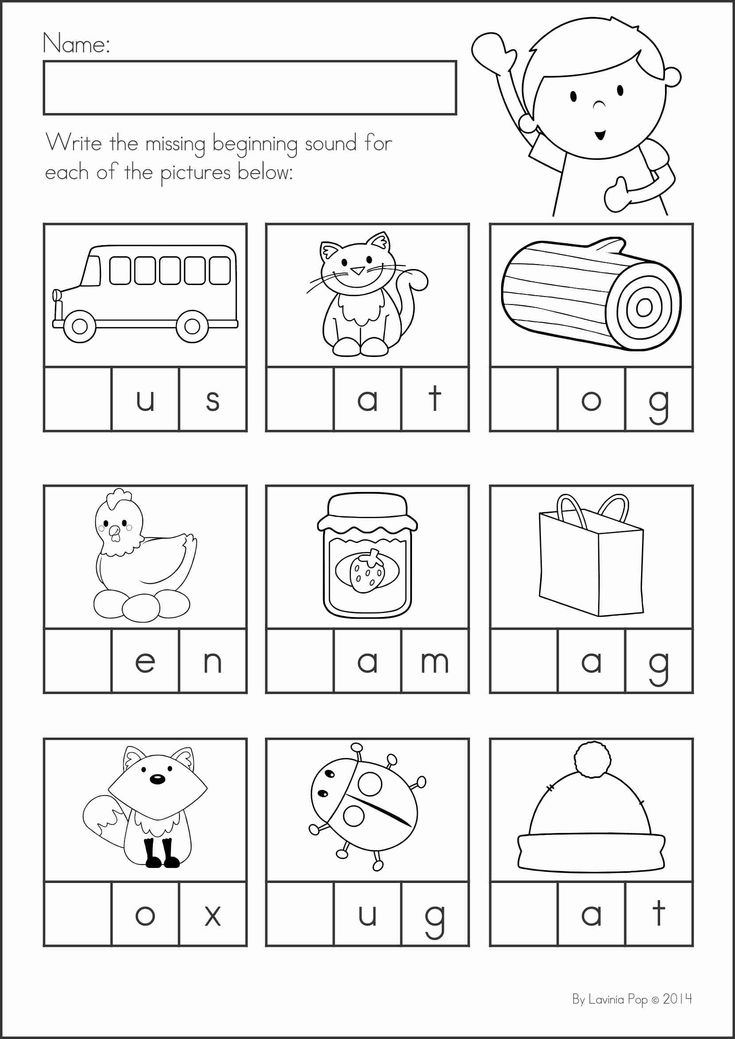 Here are some examples:
Here are some examples:
| | | |
|---|---|---|
| | | |
| | | |
| | | |
Stress in Russian can fall on any of the existing vowel sounds. However, only 4 of them can be unstressed - these are [a], [i], [y] and [s]. In this position, we pronounce sounds weaker than under stress, because of which they can change qualities and sound differently.
Interestingly, the vowels [o] and [e] can only be stressed. There are only a couple of exceptions to this rule: for example, in words cocoa and canoe sounds [o] and [e] in an unstressed position.
How unstressed vowels are related to consonants
How an unstressed vowel sounds depends on the consonant that precedes it. Or rather, from its hardness or softness. If it is a hard consonant, it can be followed by unstressed vowels [y], [a] and [s]. When we talk about a soft consonant, it is followed by unstressed vowels [y] and [and].
| | |
|---|---|
| | |
| | |
| | |
Free English lessons with a native speaker
Practice 15 minutes a day.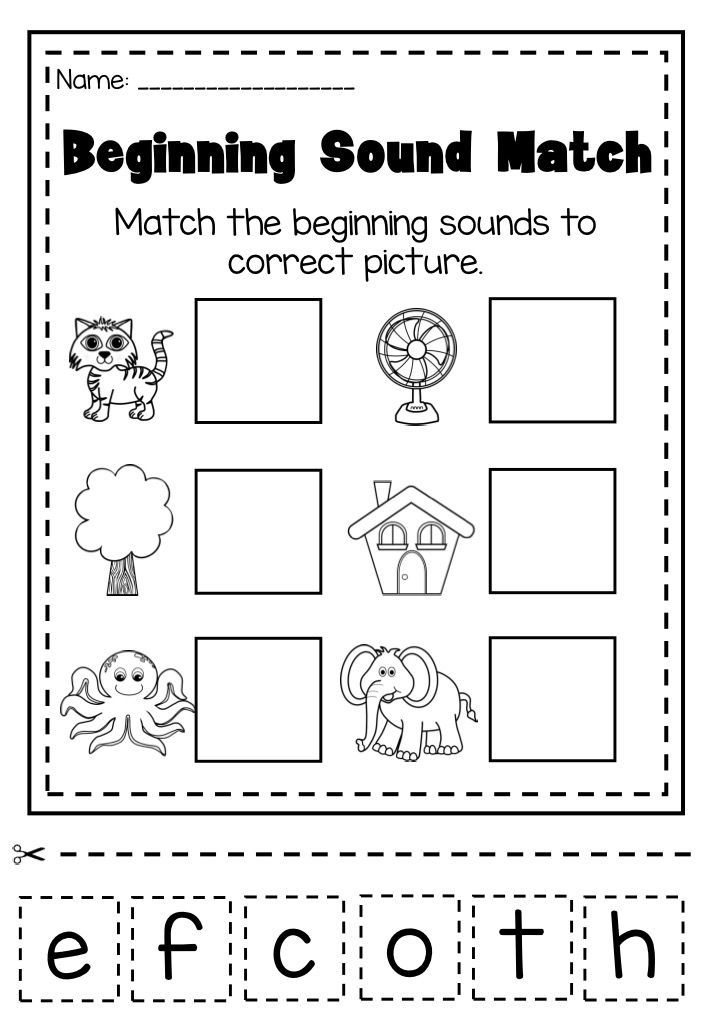 Learn English grammar and vocabulary. Make language a part of life.
Learn English grammar and vocabulary. Make language a part of life.
Test yourself
It's time to find out if you now understand well what vowel sounds are in Russian. To do this, we have prepared tasks for self-examination.
Task 1
List all the vowels in these words:
fair,
rejoice,
doll,
remote,
buddy,
voting,
mirror,
story,
OK,
captivate.
Task 2
Name 5 words each in which the sounds [a], [i], [y] and [s] would be in a stressed position.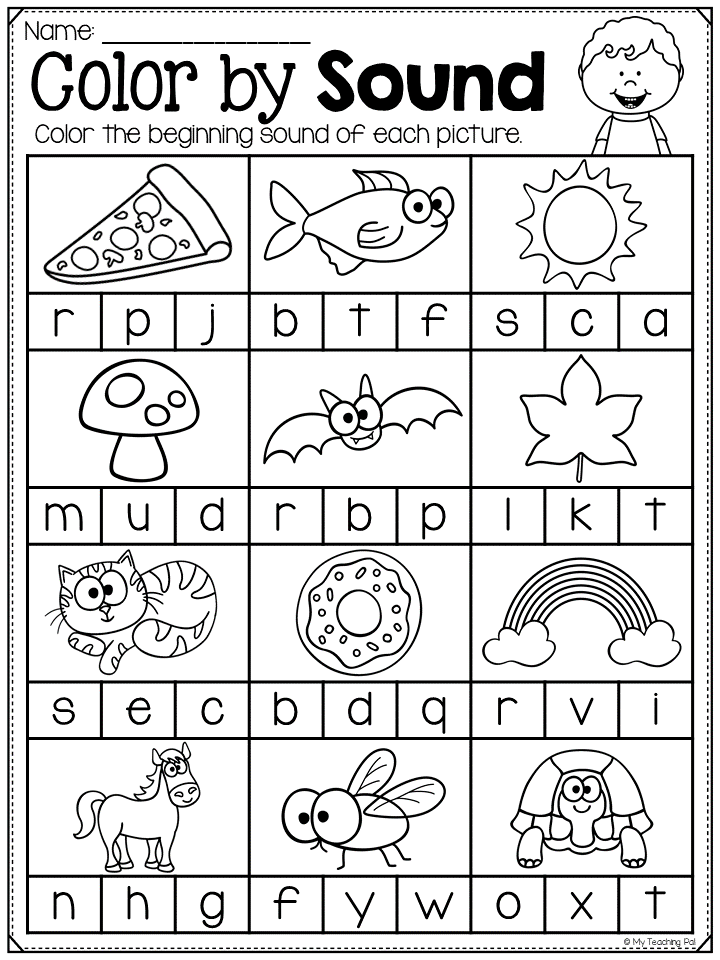
Task 3
Name 5 words in which an unstressed vowel would come after a hard consonant and 5 more words where it would follow a soft consonant.
Task 4
Count the number of syllables in the words below (don't forget to use the rule you learned at the beginning of the article!):
-
weightless,
-
sunrise,
-
adventure,
-
painter,
-
perpetuate,
-
nice,
-
image,
-
category,
-
exciting,
-
melting,
-
snowflake.


